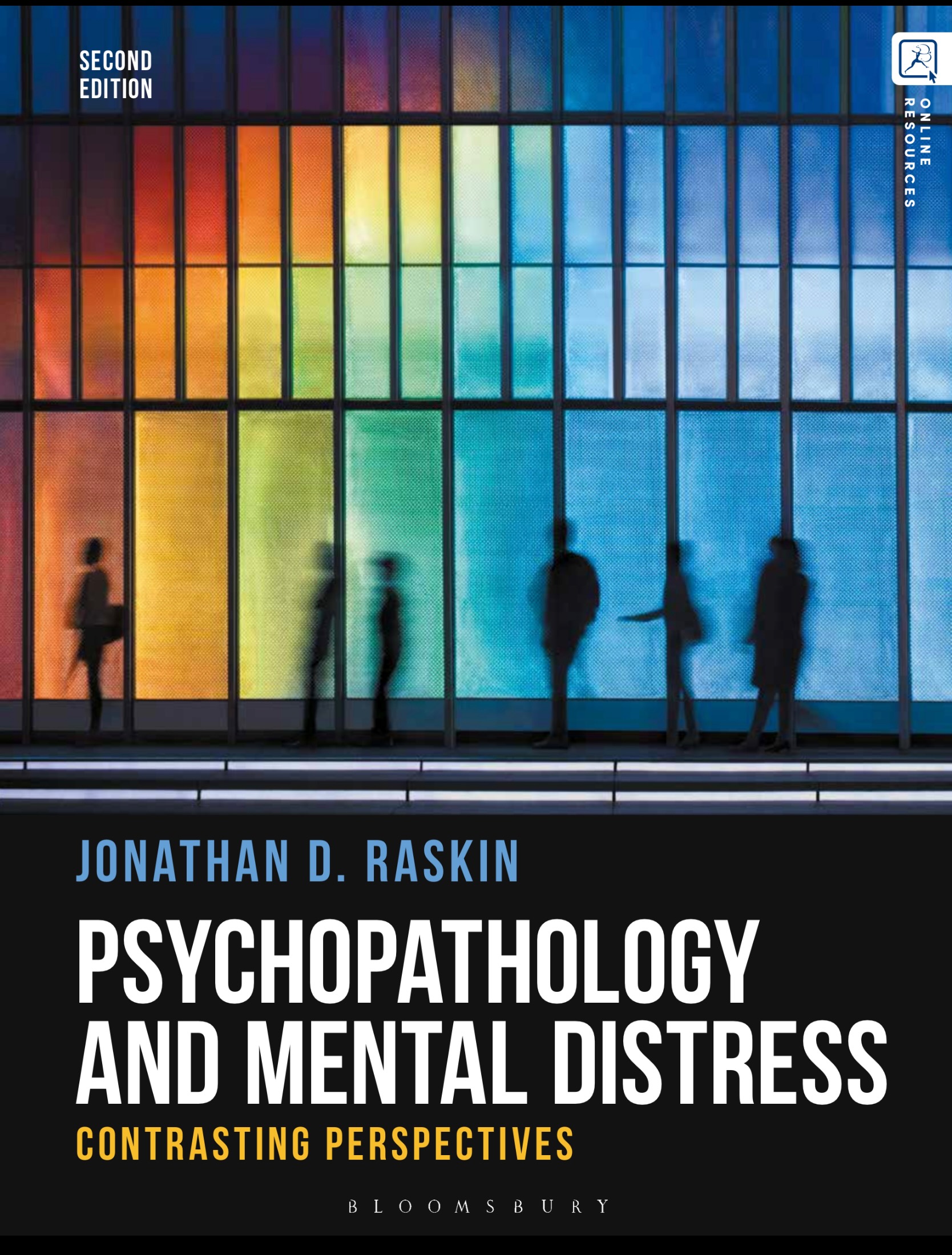The Sociocognitive Model vs. the Trauma Model in Dissociative Identity Disorder: A Literature Review
Abstract
Dissociative identity disorder (DID) is a controversial and multifactorial diagnosis, as its validity as a legitimate disorder is often debated through two contrasting models: the sociocognitive model (SCM) and the trauma model (TM). The SCM suggests that the manifestation of DID is a result of socially constructed interactions including the legitimization of dissociative behavior through social reinforcements. On the contrary, the TM argues that DID develops due to childhood trauma, suggesting that dissociation acts as a response to traumatic stress including serve physical and/or sexual abuse. This literature review thoroughly examined past literature on both models to provide a comprehensive review of the literature on the development of DID. Most literature on the SCM support the notion of suggestibility, contending that the suggestive nature of sociocultural factors such as media and/or therapy interventions are heavily linked to the formation of DID. Alternatively, a great body of literature on dissociative symptoms, neurobiological mechanisms, and post-traumatic exposure largely support the concepts displayed in TM. It is also the case that given the intricacy of DID, this review sought to identify an alternative model to better capture the nuances between the SCM and the TM. The focus of this review was to analyze the pre-existing literature on both models to better understand the origin of DID and clarify the continuous debate between the validity of the TM and SCM.
